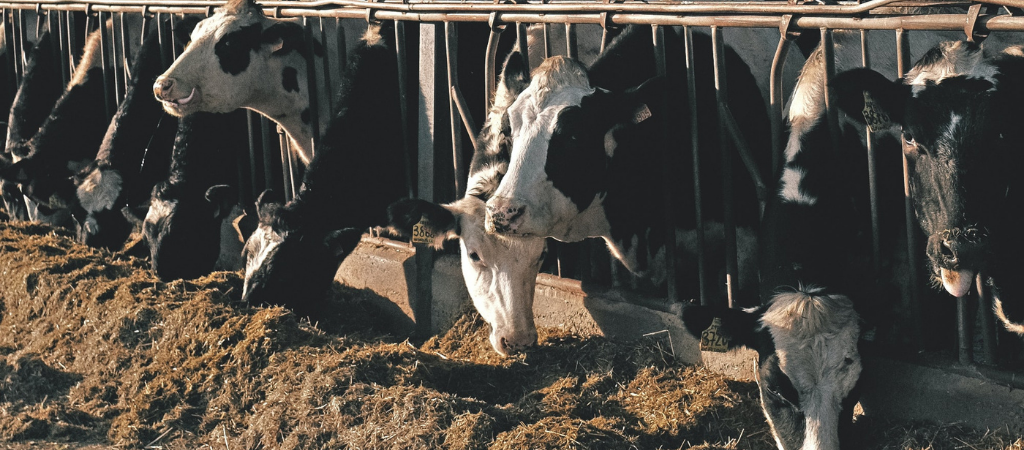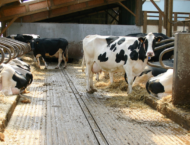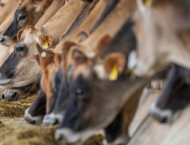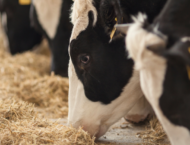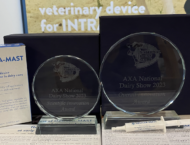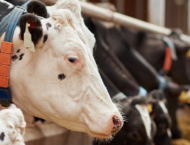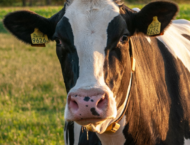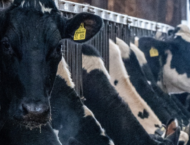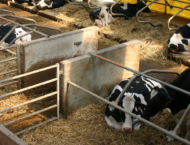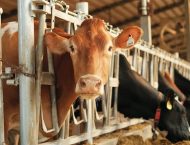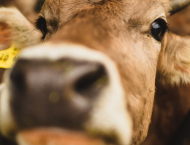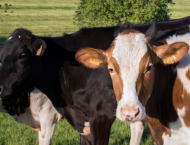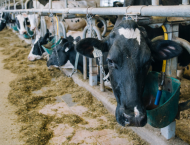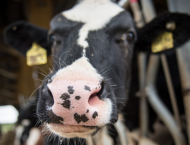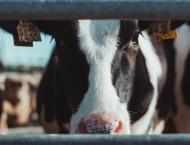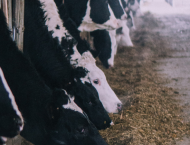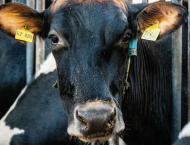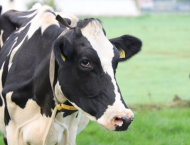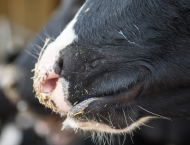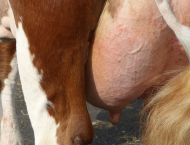The new EU Regulation on veterinary medicines, applicable from 28 January 2022, defines rules that also aim to reduce the use of antimicrobials in farmed and companion animals.
In the veterinary field, we are all called upon to use antimicrobials more prudently to tackle the development of resistance to these substances.
One of the major innovations of this rule concerns the use of antimicrobials, which is possible only upon veterinary prescription and has to be justified by an accurate diagnosis of the condition of the animals1.
Regarding mastitis in dairy cows, beyond future regulatory provisions, a prudent use of antibiotics can really help us reduce the costs associated with health treatments and minimize the risk of resistance development.
It is essential to improve effective and consistent health and herd management, as well as detecting udder issues and their severity, the agent causing the problem, and to identify the right tool for defense.
In a few words (and in order): clinical examination, milk cultures and antibiogram testing.
Why should we conduct these three different steps?
To properly manage mastitis on dairy farms, identifying the specific issue and “measuring” its severity are the first thing to be done. We recently discussed it in an article2 illustrating the importance of observing animal, udder and milk before milking to understand if secretory tissue disorders are in progress and to what extent.
This is necessary in order to make decisions about how to act. We then have to conduct milk cultures. The aim is to gather information on the pathogens causing mastitis for a specific farm, as well as on sensitivity to antibiotics, which will be assessed by conducting an antibiogram test.
As a matter of fact, this last test corresponds to the antibiotic sensitivity test, and will be performed by an accredited laboratory in compliance with the methods suggested by international reference standards. Unfortunately, the outcome of the antibiogram is not immediate; this could represent a limit in case the intervention needs to be carried out promptly.
Actually, it is really useful: conducting an antibiogram helps us to collect information on how to act with respect to a future infection caused by the pathogen that we first identified with the bacteriological and then whose sensitivity to different antibiotics we assessed with the antibiogram.
While waiting for the result of the antibiogram, we can consider the application of OZOLEA-MAST.
For this reason, OZOLEA created Protocol M5 (Udder, lactation: severe mastitis or relapse, while waiting for sensitivity test results; warning: this protocol has no therapeutic effect), to be implemented under the observation of the veterinarian.
Why use OZOLEA-MAST in this situation? OZOLEA-MAST is not intended to cure mastitis, but to support and protect the intra-mammary tissue. This means that it does not replace the antibiotic in cases of severe or recurrent mastitis, but can be used while waiting to know which antibiotic will be used.
Why? The support to the tissue functionality and the protection provided by OZOLEA-MAST allow the tissue to proceed with the natural regeneration process. The intra-mammary tissue is a natural defensive barrier: its integrity allows a better synergy with the effectiveness of the antibiotic.
1 Veterinary prescriptions and antimicrobials: new rules from 28 January 2022.
https://www.ozolea.it/veterinary-prescriptions-and-antimicrobials-new-rules-from-28-january-2022/
2 Early detection of mastitis: signs at cow, udder and milk level.
https://www.ozolea.it/early-detection-of-mastitis-signs-at-cow-udder-and-milk-level/

